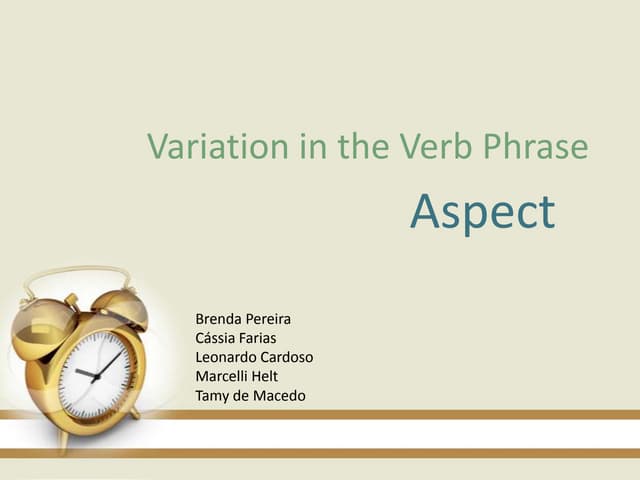I. Introduction
The ability to express oneself effectively is paramount in any form of communication. While conveying the basic meaning is crucial, mastering the art of phrasing elevates communication from simple transmission of information to engaging, persuasive, and impactful discourse. Phrasing, the specific arrangement of words and clauses in a sentence, significantly impacts the tone, emphasis, and overall effect of a message. This article explores the multifaceted nature of phrasing variations, examining their impact on meaning, style, and audience engagement. We will delve into various techniques, providing examples and illustrating how subtle changes in phrasing can drastically alter the perceived meaning and impact of a statement.
II. The Power of Word Order
Word order, a fundamental aspect of phrasing, dictates the flow and emphasis within a sentence. Consider the following examples:
-
Example 1: "The dog chased the cat." This is a straightforward sentence. The emphasis is on the dog’s action.
-
Example 2: "The cat was chased by the dog." This passive construction shifts the emphasis to the cat, highlighting its experience rather than the dog’s action.
-
Example 3: "Chased the cat, the dog did." This inversion creates a more dramatic, perhaps even poetic, effect, drawing attention to the act of chasing itself.
These minor adjustments demonstrate how altering word order dramatically reshapes the sentence’s focus and overall tone. The active voice generally conveys directness and efficiency, while the passive voice often implies a sense of distance or objectivity. Inversion, as seen in Example 3, can add emphasis and stylistic flair, though overuse can sound unnatural.
III. The Impact of Sentence Structure
Beyond word order, the structure of a sentence itself plays a vital role in phrasing. Simple sentences, consisting of one independent clause, offer clarity and directness. Compound sentences, joining two or more independent clauses, provide a sense of balance and flow. Complex sentences, incorporating dependent clauses, offer more nuanced expression and allow for the introduction of subordinate ideas.
-
Example 4 (Simple): The sun shone brightly.
-
Example 5 (Compound): The sun shone brightly, and the birds sang merrily.
-
Example 6 (Complex): Because the sun shone brightly, the birds sang merrily.
The choice of sentence structure influences the rhythm and pacing of the writing. Simple sentences create a fast pace, while complex sentences slow the pace and allow for greater detail. A skillful writer will vary sentence structure to maintain reader engagement and avoid monotony. Overuse of any single structure can lead to a predictable and potentially dull reading experience.
IV. Using Modifiers Effectively
Modifiers, including adjectives, adverbs, and prepositional phrases, significantly impact the precision and expressiveness of phrasing. Their strategic placement and choice significantly alter the meaning and emphasis.
-
Example 7: "The old, worn house stood on the hill." The adjectives "old" and "worn" modify "house," adding descriptive detail and evoking a specific image.
-
Example 8: "The house, old and worn, stood on the hill." The placement of the modifiers as a parenthetical phrase subtly alters the emphasis.
-
Example 9: "The house stood on the hill, old and worn." This placement emphasizes the location before describing the house’s condition.
These examples illustrate how seemingly minor changes in modifier placement can subtly shift the reader’s focus and interpretation. Careful consideration of modifier placement is crucial for achieving clarity and precision.
V. The Role of Figurative Language
Figurative language, including metaphors, similes, and personification, adds depth, richness, and memorability to phrasing. These devices enrich the language, allowing for vivid imagery and conveying complex ideas in engaging ways.
-
Example 10 (Metaphor): "The city was a concrete jungle."
-
Example 11 (Simile): "He was as strong as an ox."
-
Example 12 (Personification): "The wind whispered secrets through the trees."
While figurative language enhances expression, it must be used judiciously. Overuse can lead to confusion or a lack of clarity. The effectiveness of figurative language relies on its appropriateness to the context and the audience’s understanding.
VI. Adapting Phrasing to Audience and Context
The choice of phrasing is inextricably linked to the intended audience and the communication context. Formal writing demands precision and conciseness, while informal writing allows for greater flexibility and colloquialisms. Technical writing necessitates precise terminology, whereas creative writing values evocative language and stylistic flair.
Consider the difference in phrasing when addressing a scientific journal versus a casual conversation with a friend. The level of formality, the vocabulary used, and the overall tone will drastically differ depending on the context. A skilled communicator adapts their phrasing to resonate with their specific audience and achieve their communicative goals.
VII. Avoiding Common Phrasing Pitfalls
Certain phrasing patterns should be avoided to maintain clarity and effectiveness. Clichés, overused expressions that lack originality, should be replaced with fresh and descriptive language. Jargon, overly technical language that is incomprehensible to the intended audience, should be avoided or clearly defined. Passive voice, while sometimes appropriate, should not be overused, as it can lead to weak and indirect phrasing.
VIII. Practice and Refinement
Mastering the art of phrasing is an ongoing process. It requires consistent practice, careful attention to detail, and a willingness to experiment with different styles and techniques. Reading widely exposes one to diverse phrasing styles, providing inspiration and enhancing one’s own writing. Seeking feedback from others, particularly those with strong writing skills, can provide invaluable insights and help refine one’s phrasing.
IX. Conclusion
Variations in phrasing are not merely stylistic choices; they are powerful tools that shape meaning, tone, and audience engagement. By mastering the techniques discussed in this article – understanding word order, sentence structure, modifiers, figurative language, and adapting to audience and context – writers and speakers can elevate their communication to new levels of effectiveness and impact. The journey towards skillful phrasing is a continuous process of learning, experimenting, and refining one’s ability to express oneself with precision, nuance, and impact. The reward is a richer, more engaging, and ultimately more persuasive communication style.

